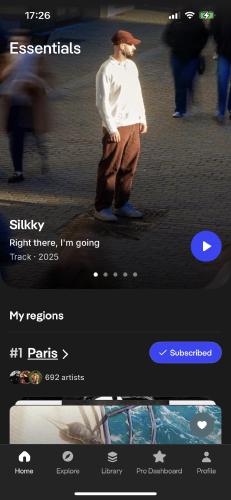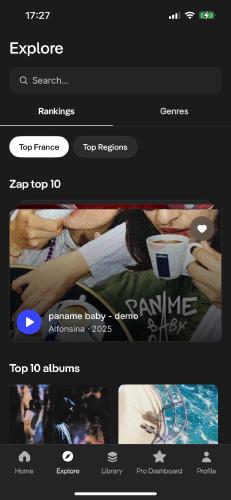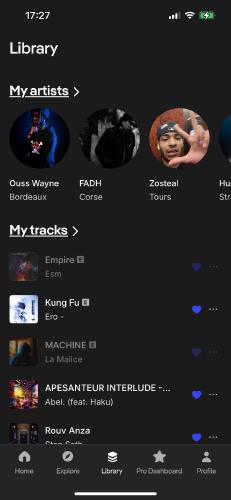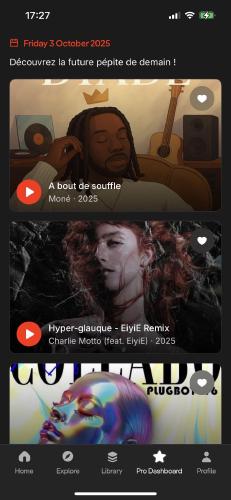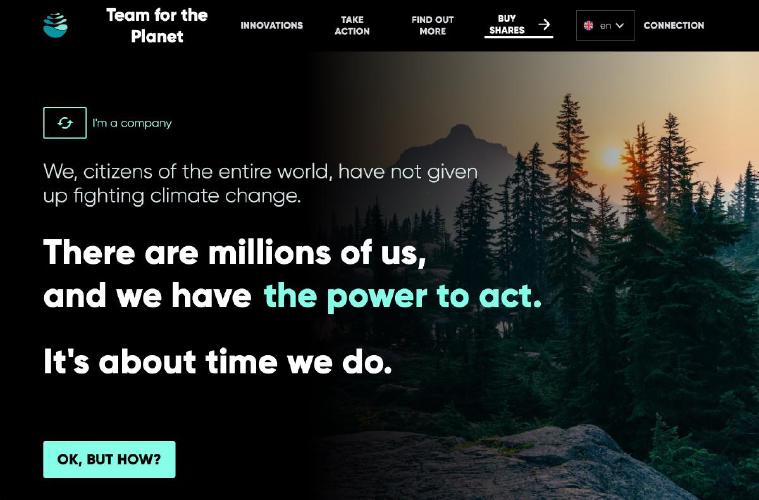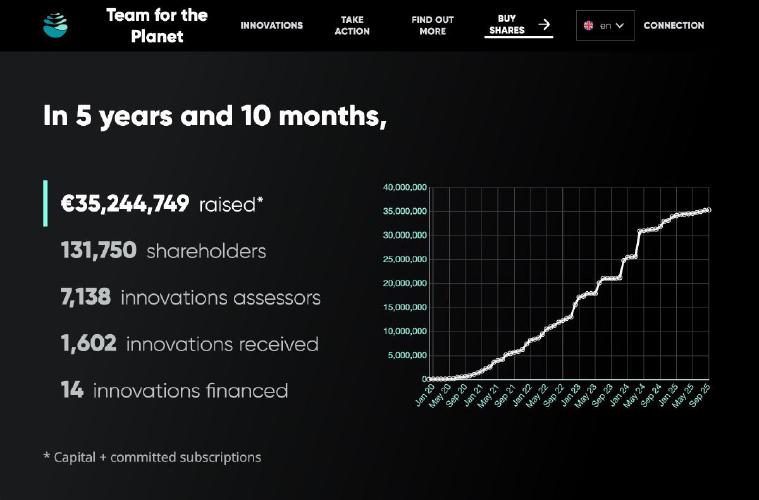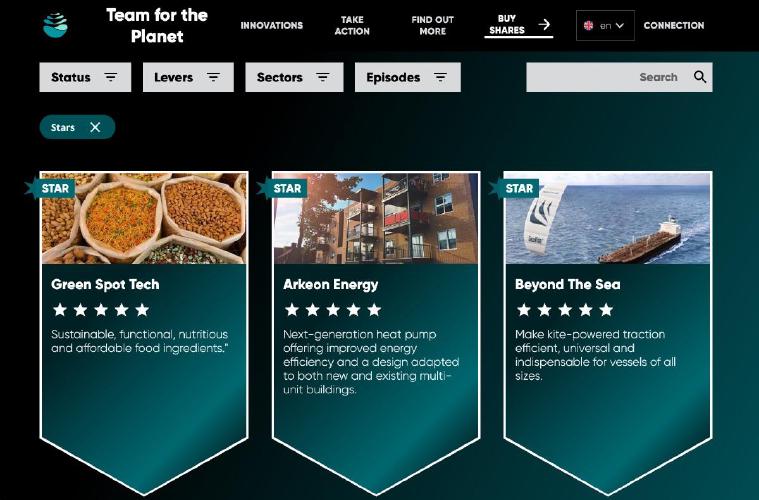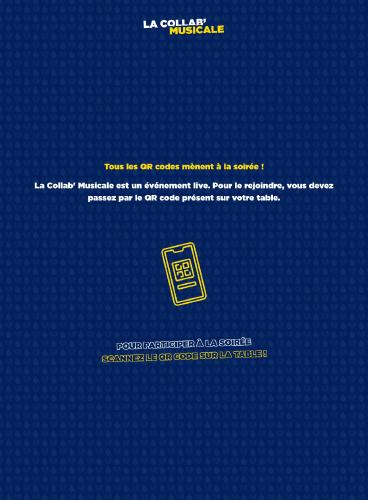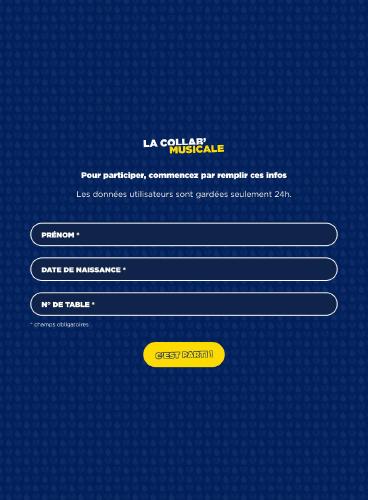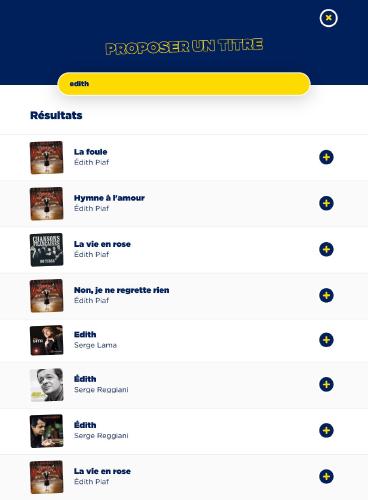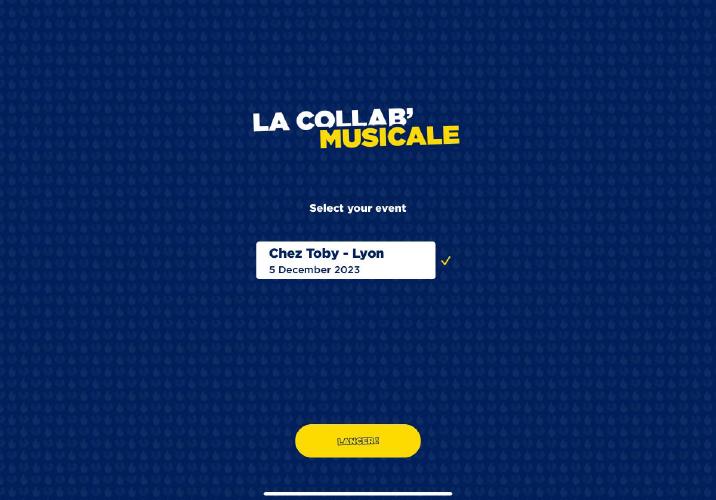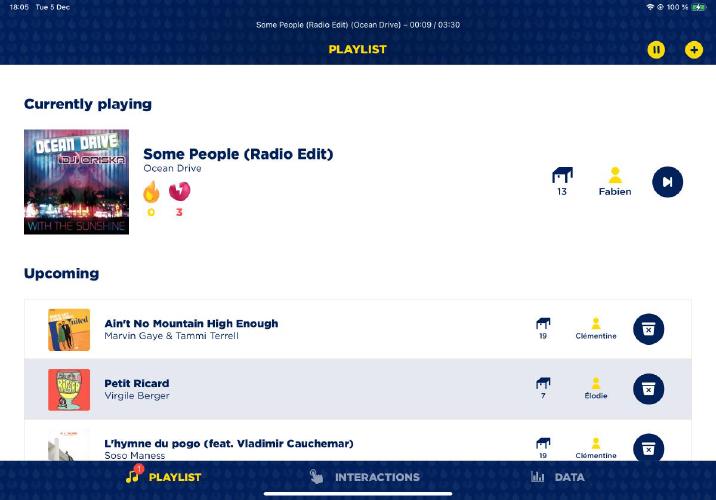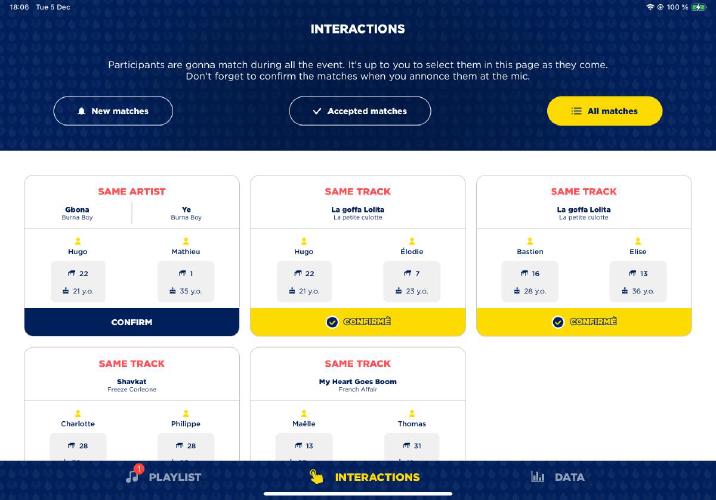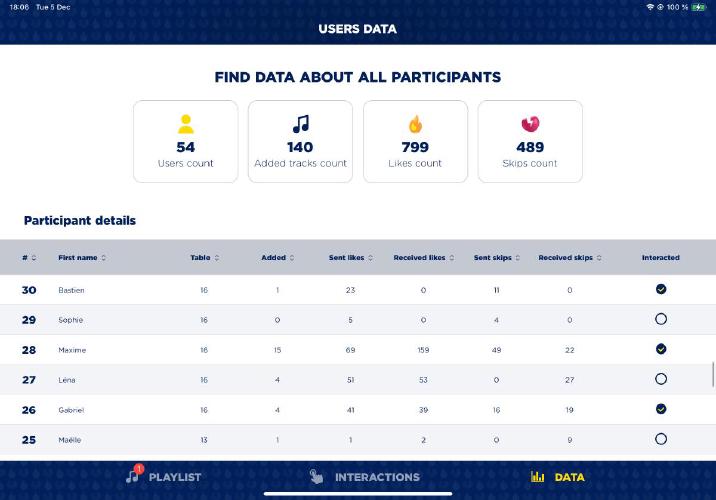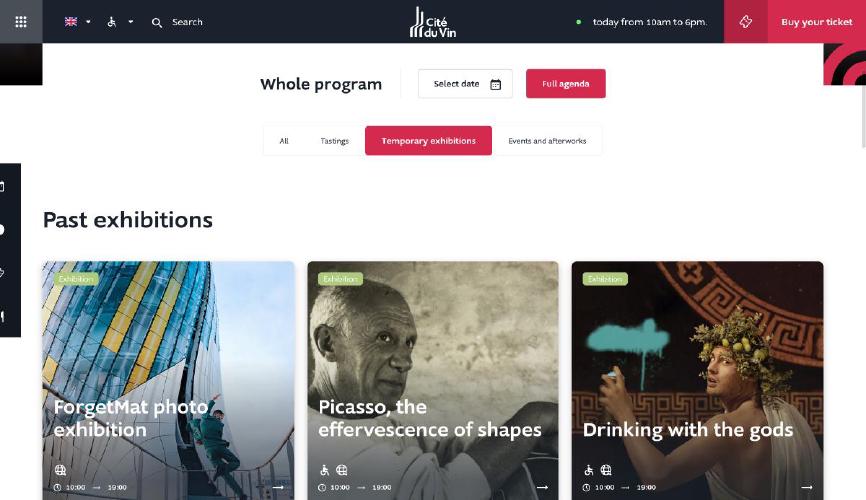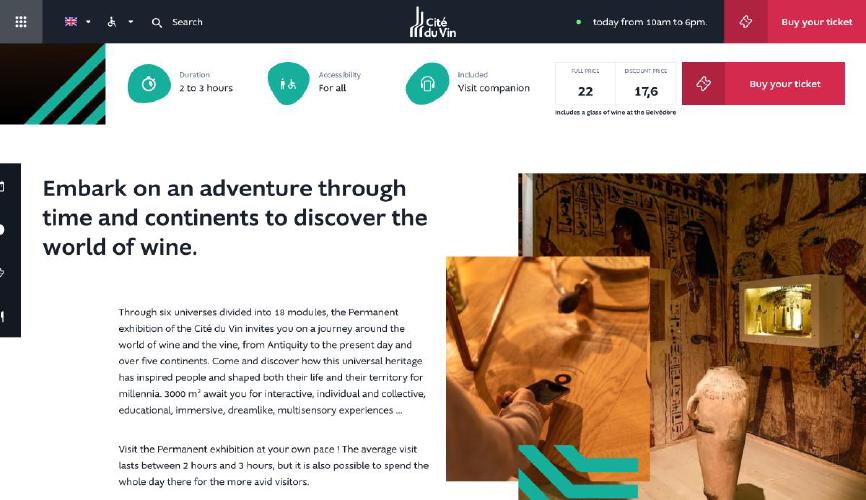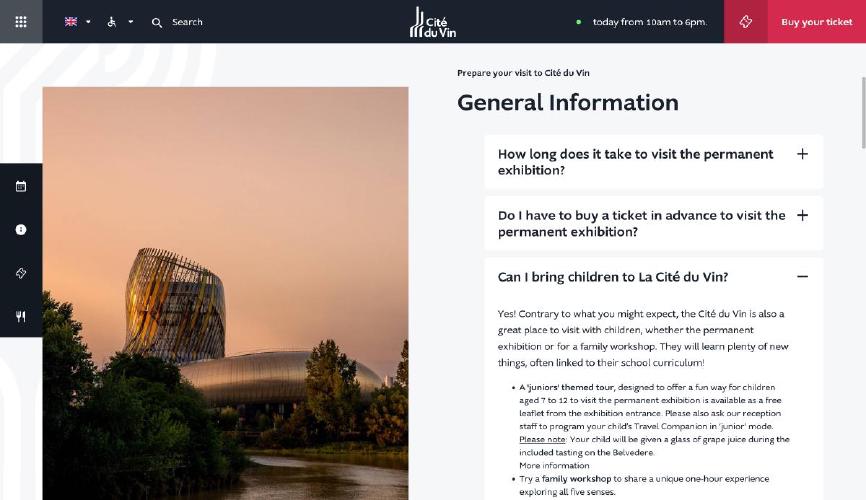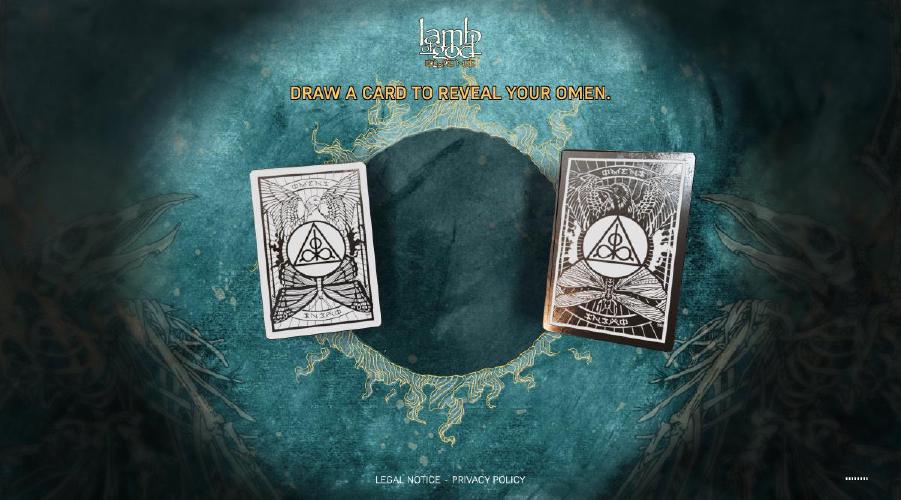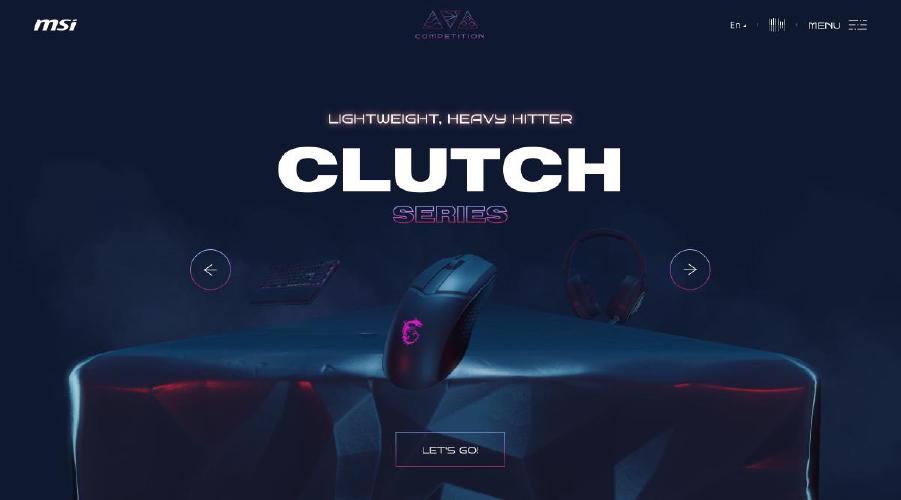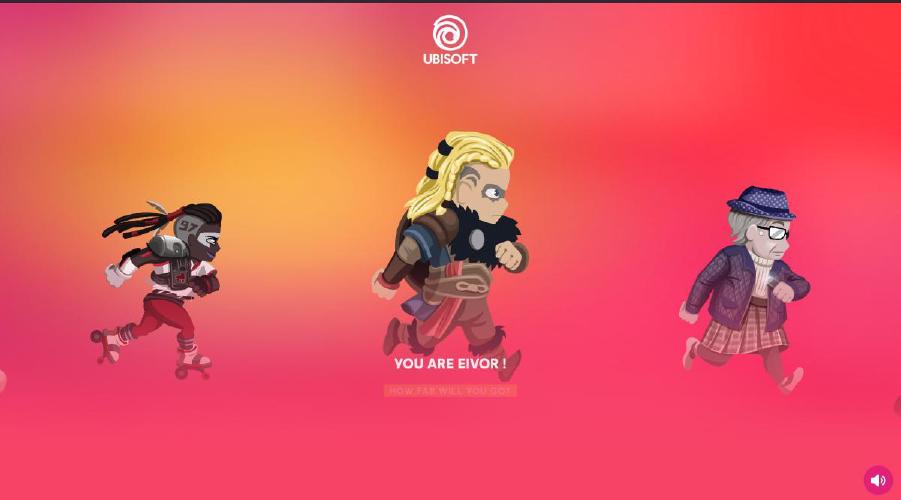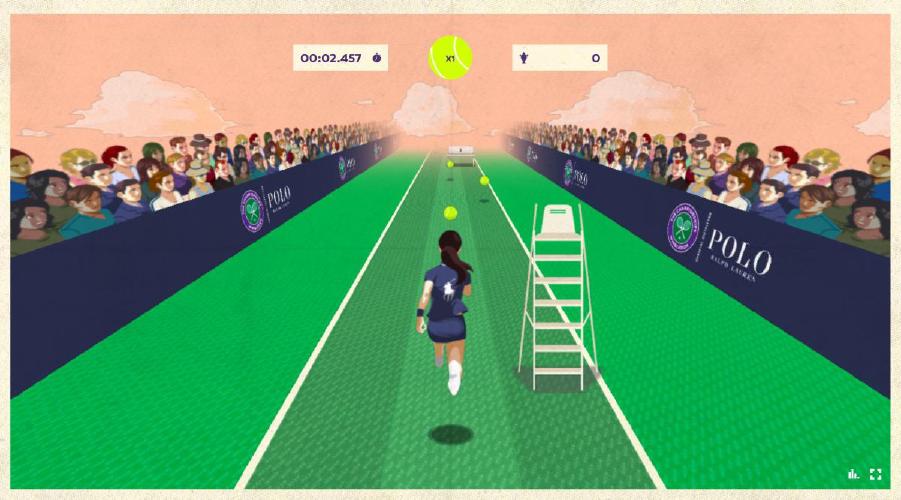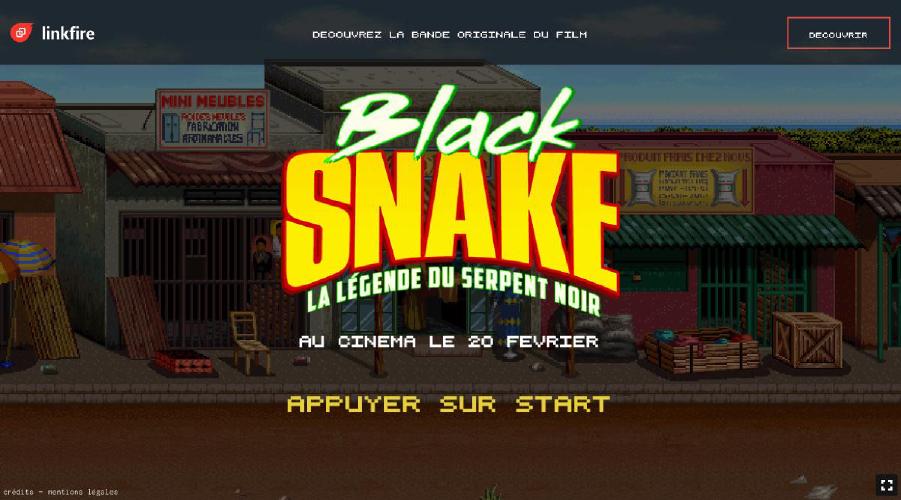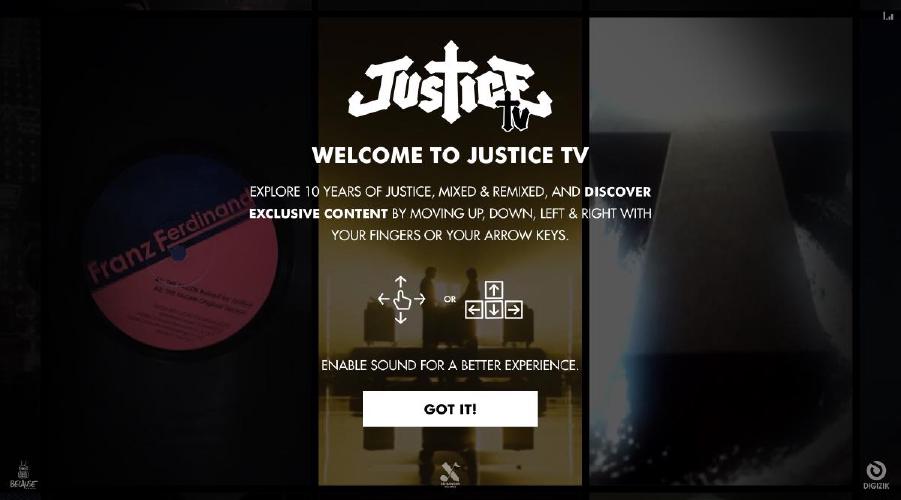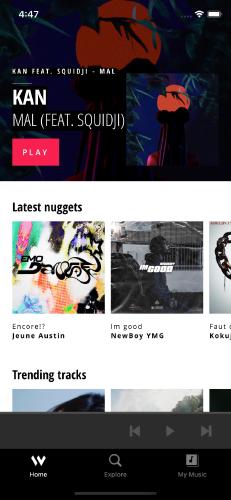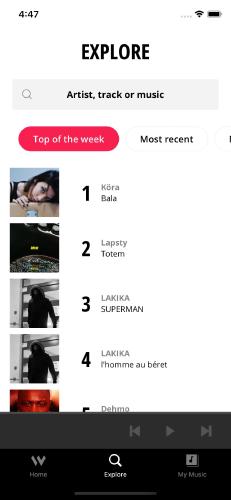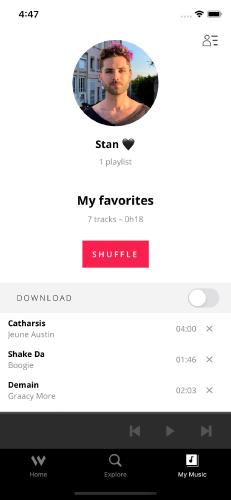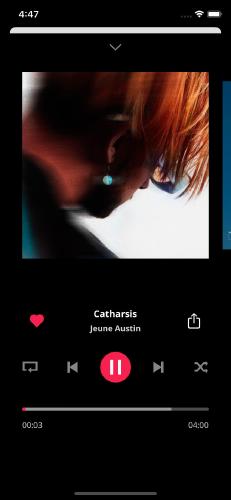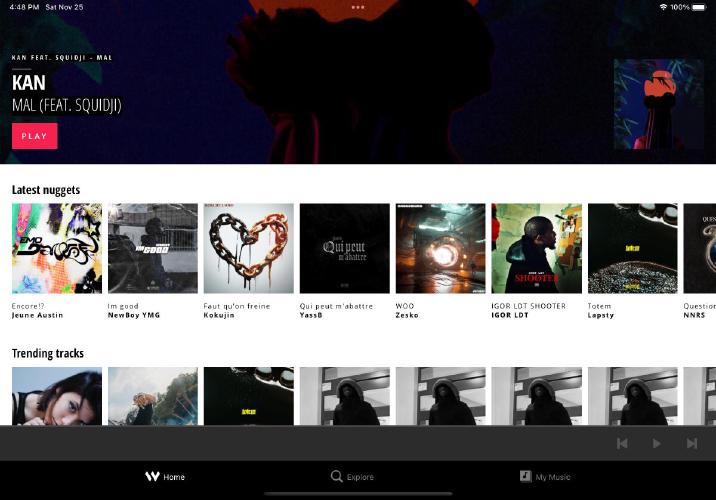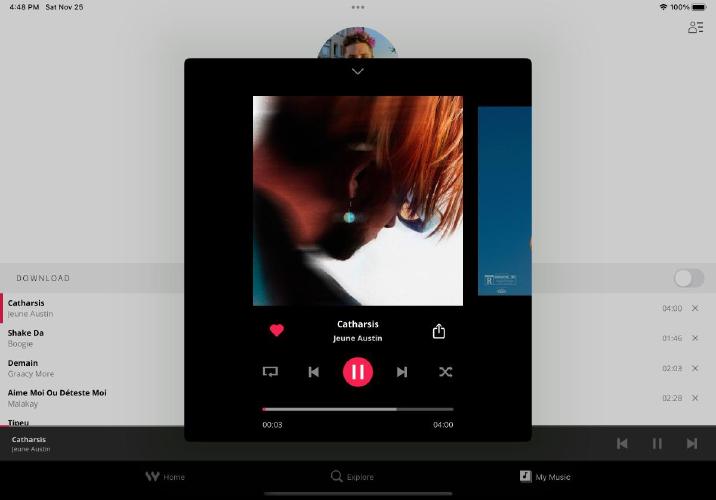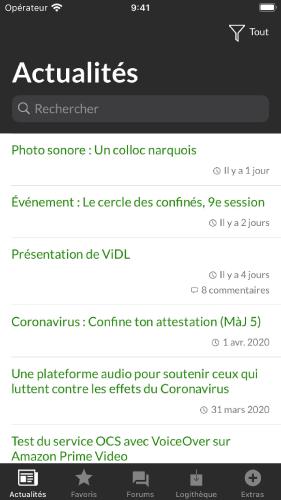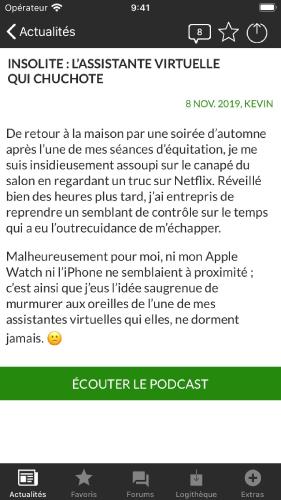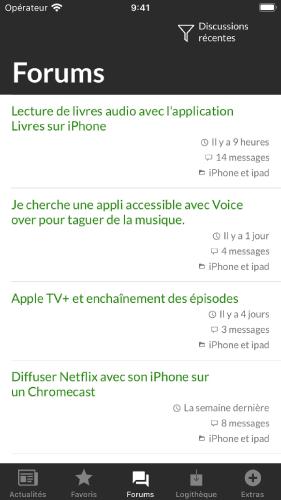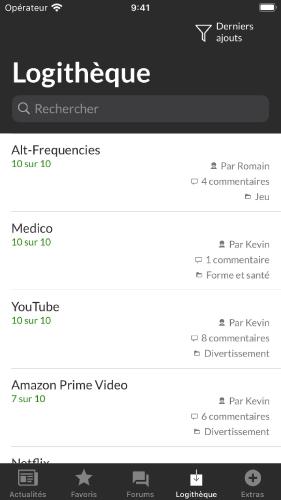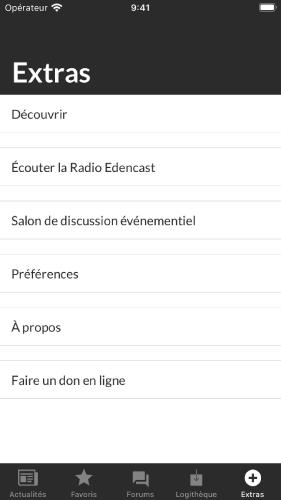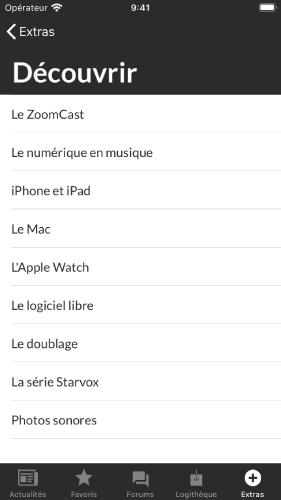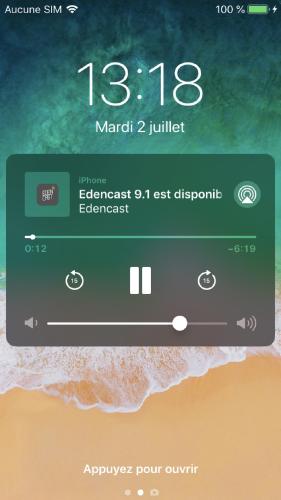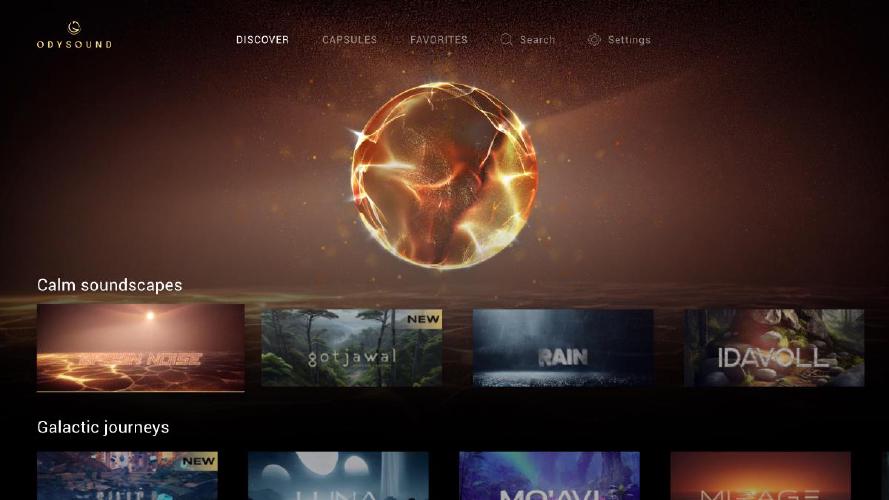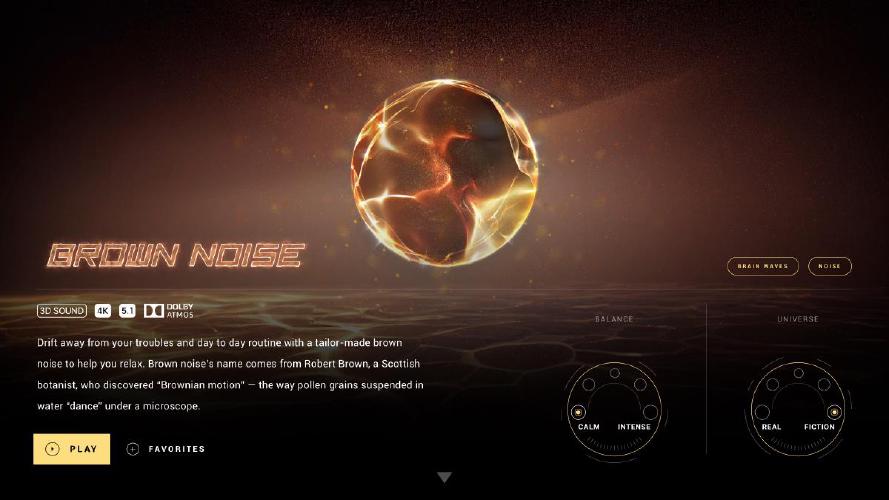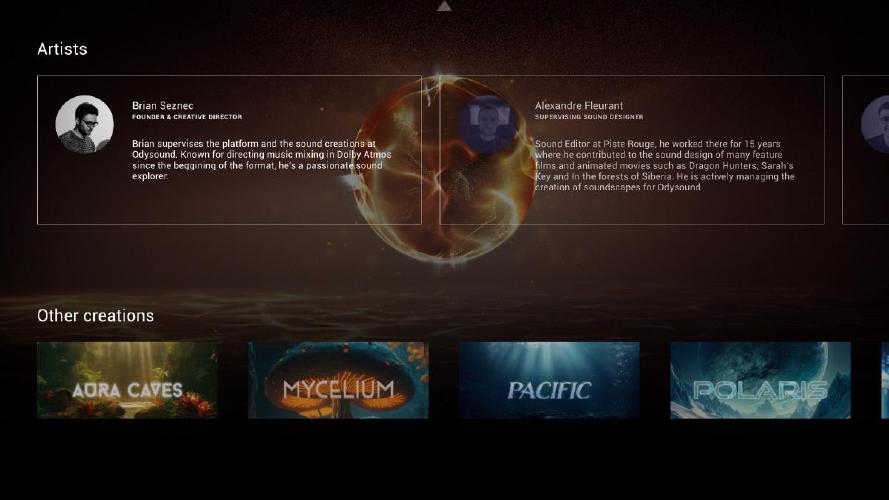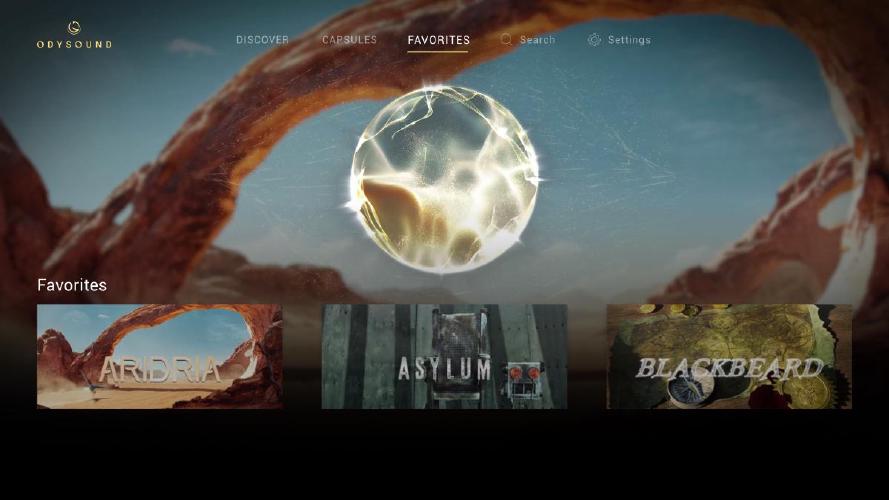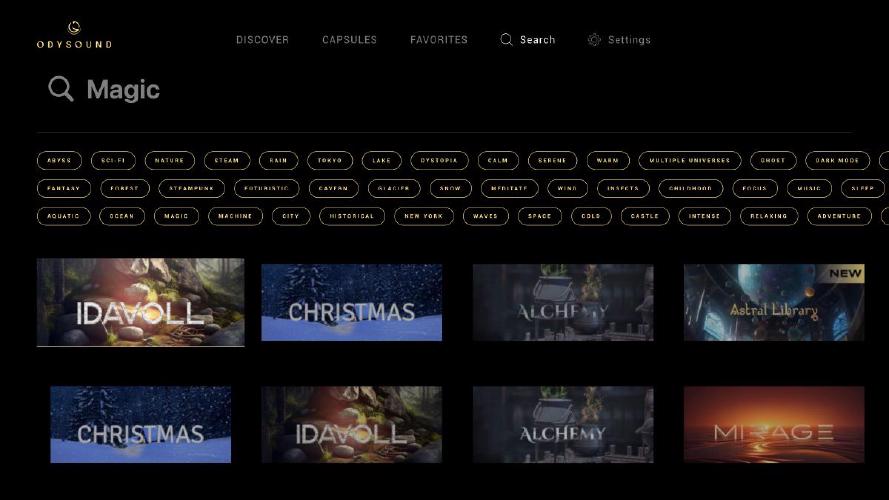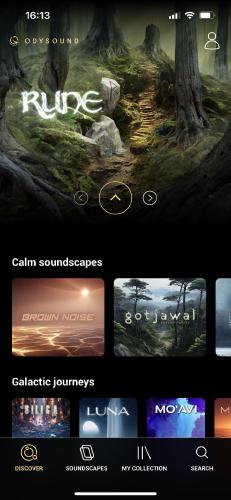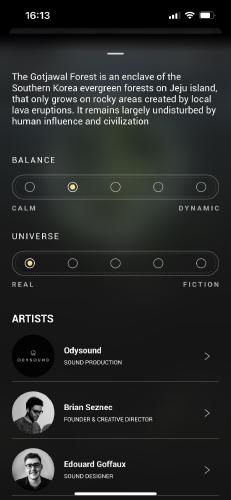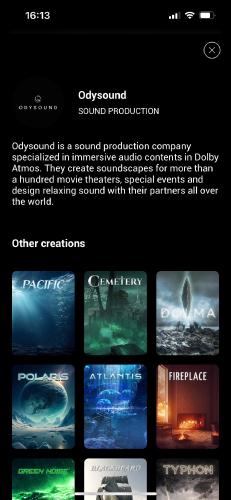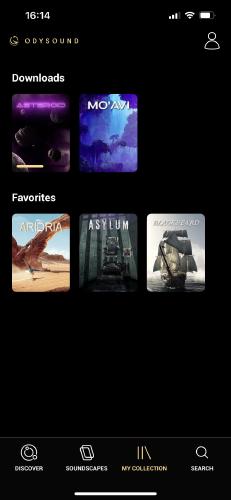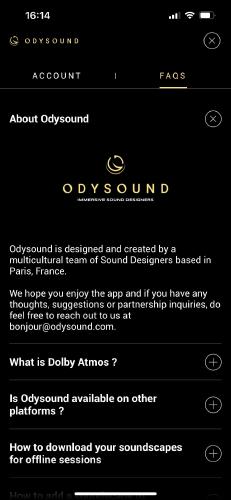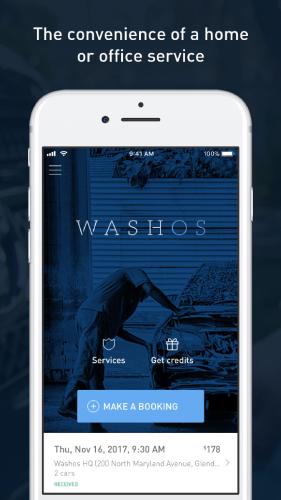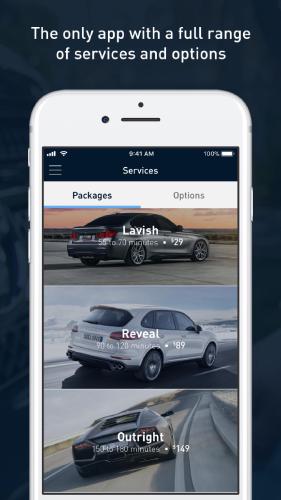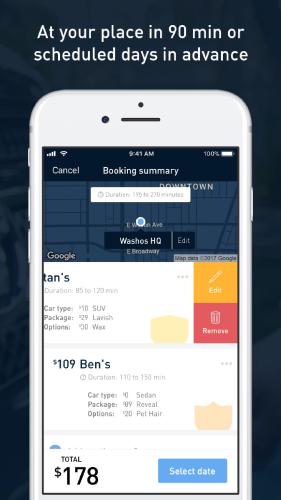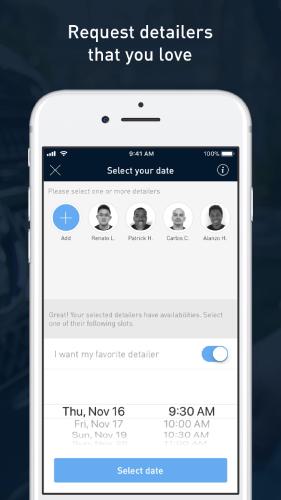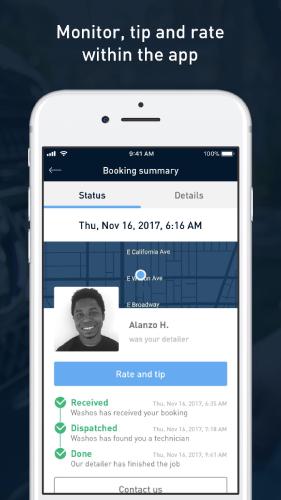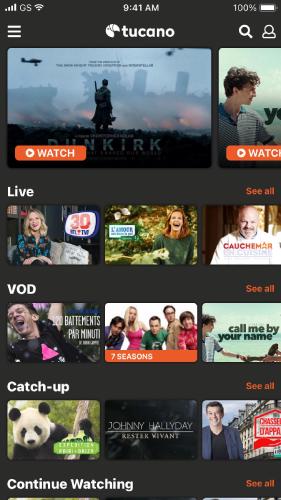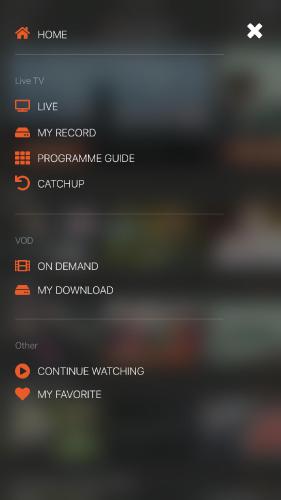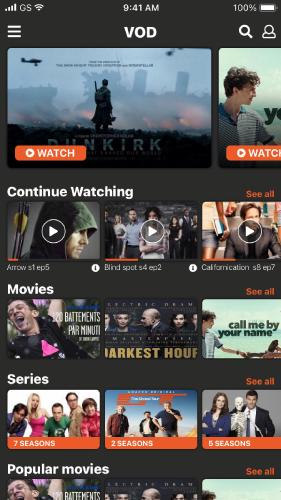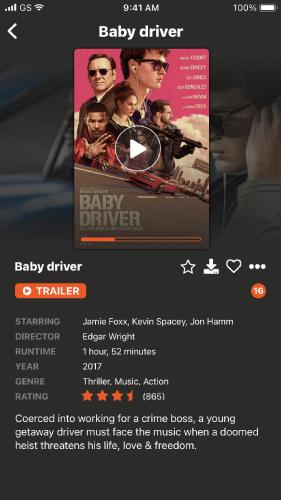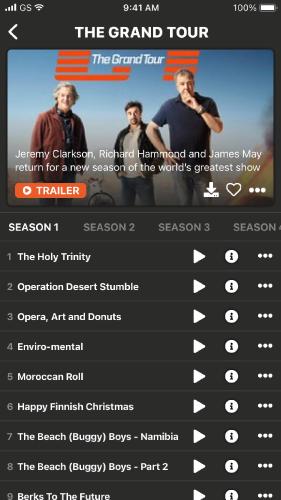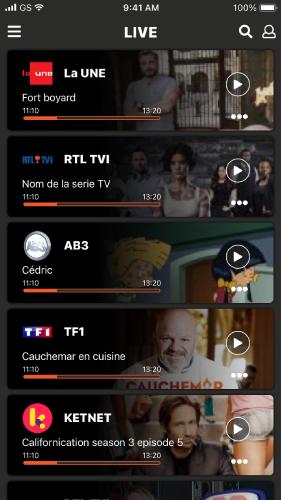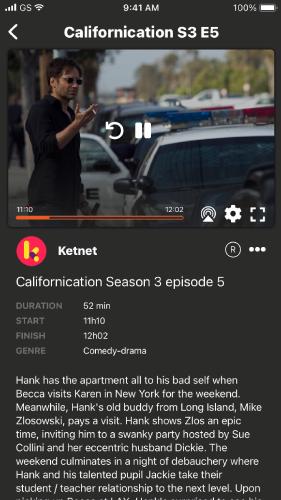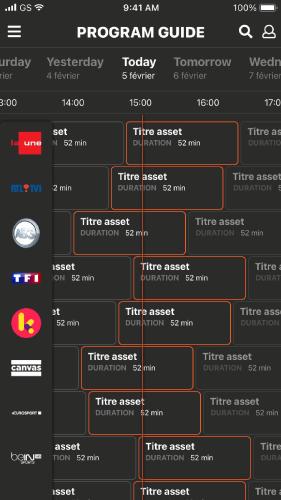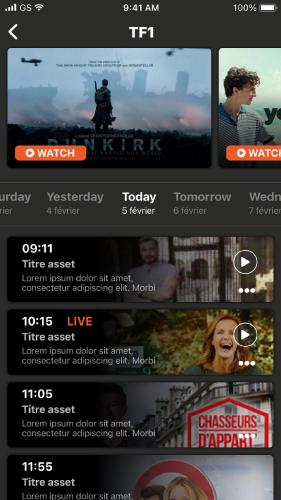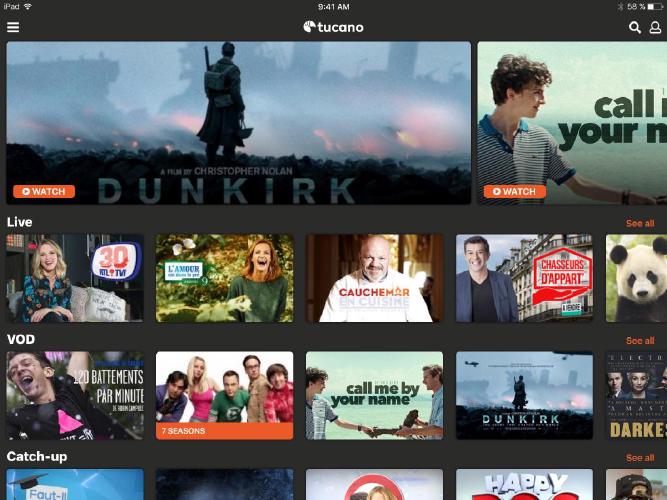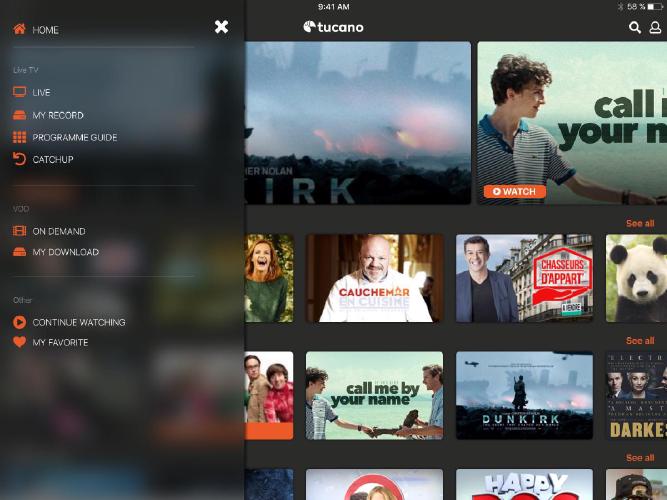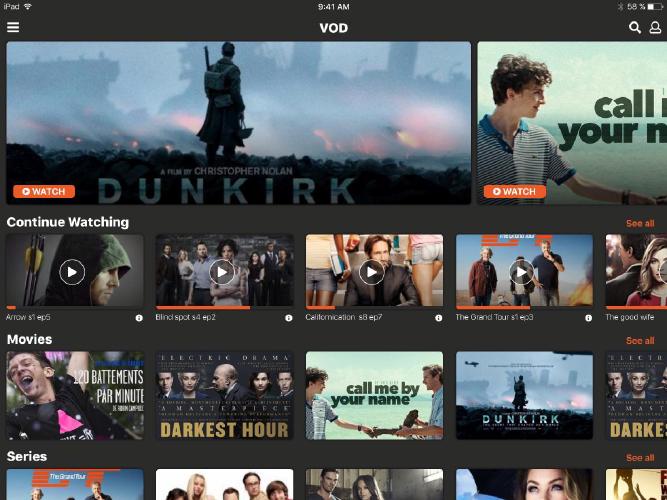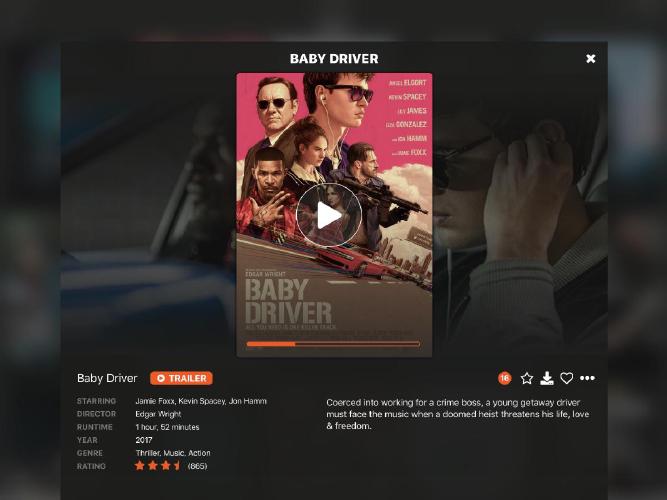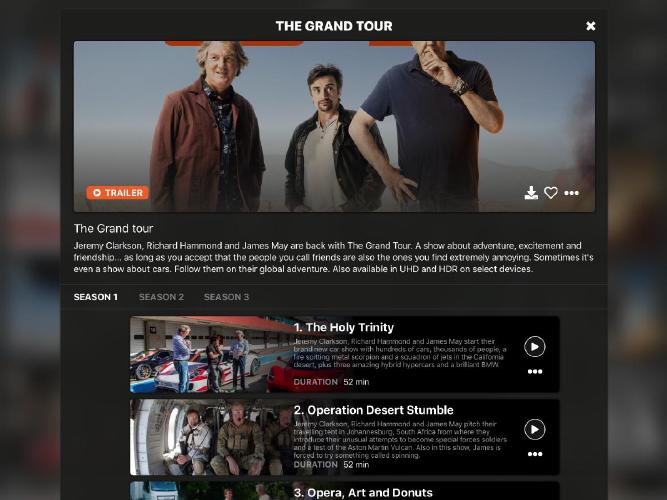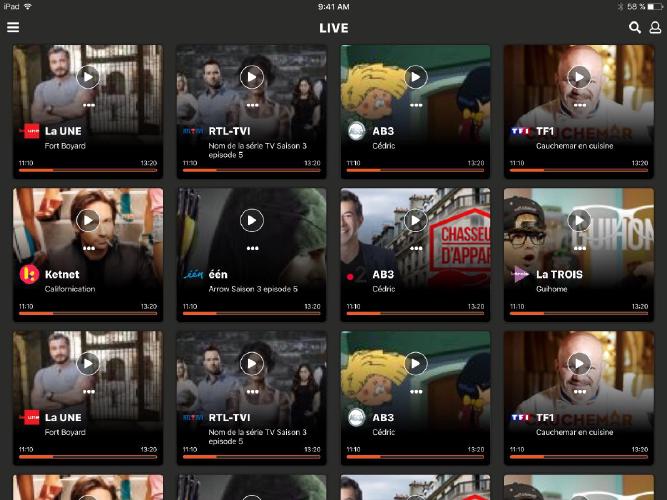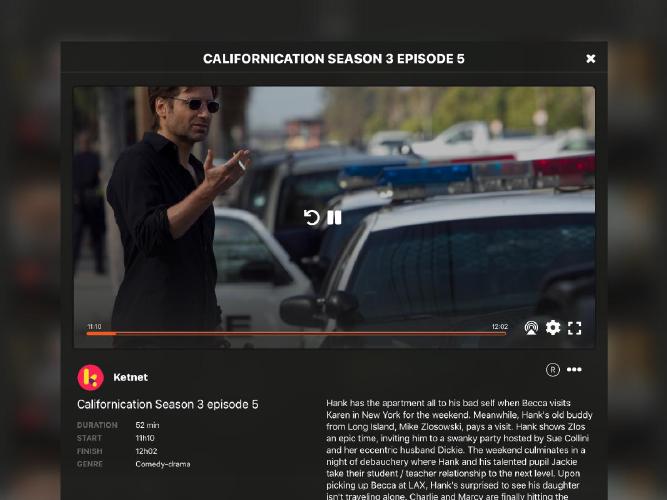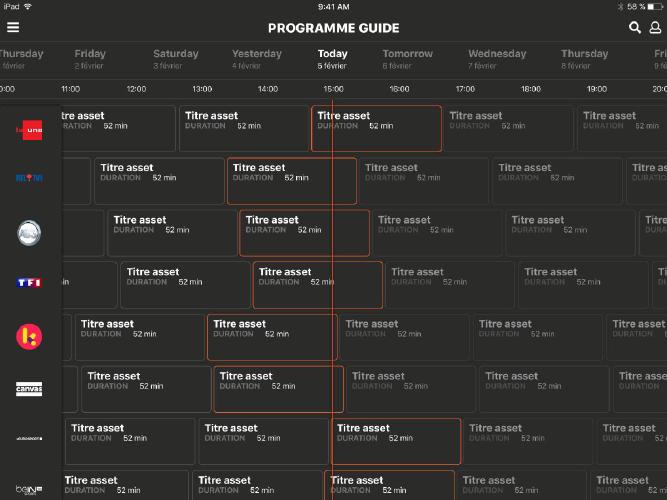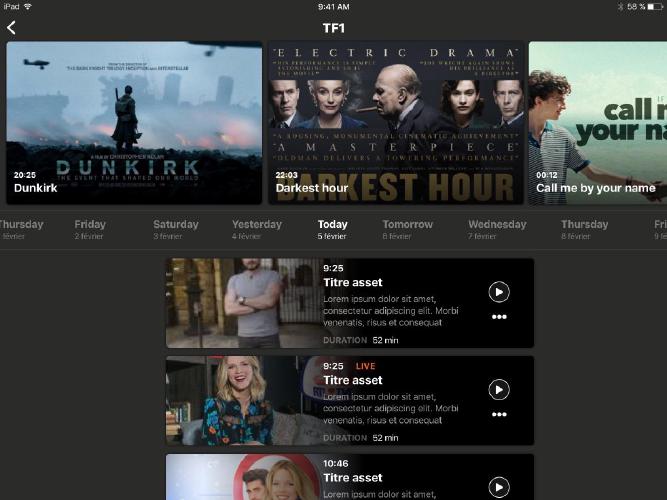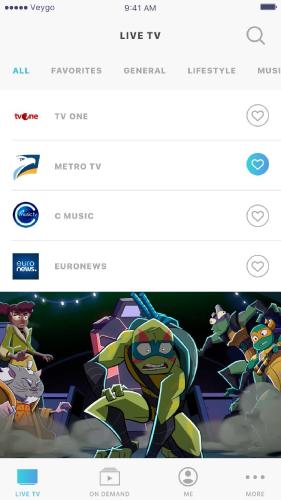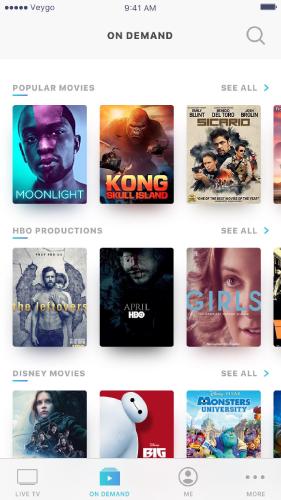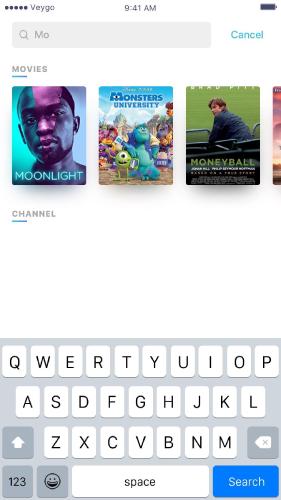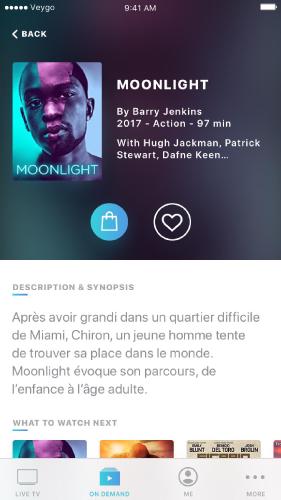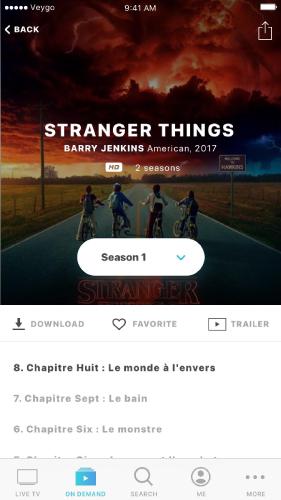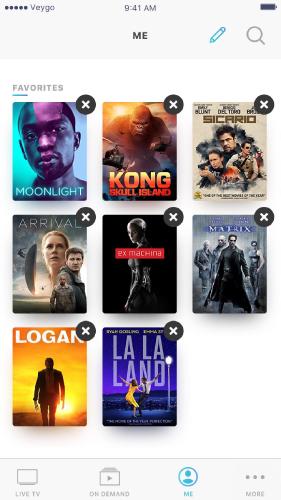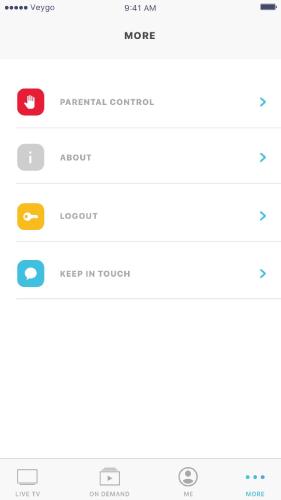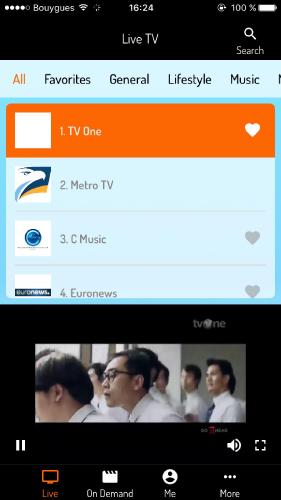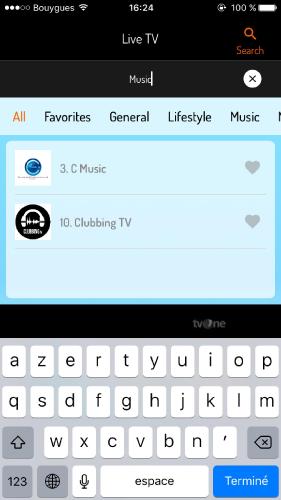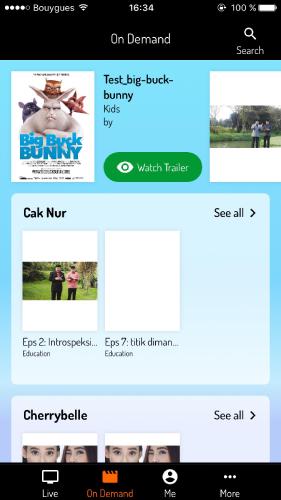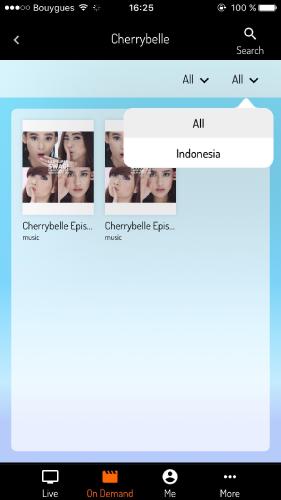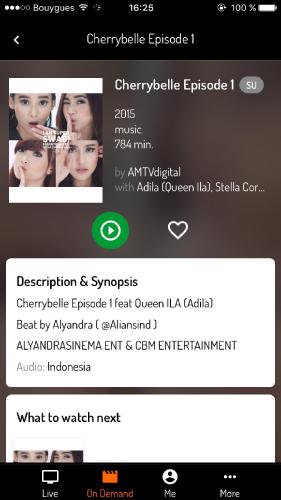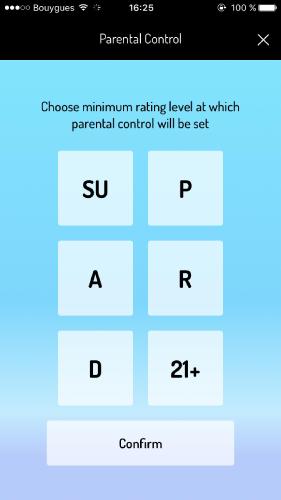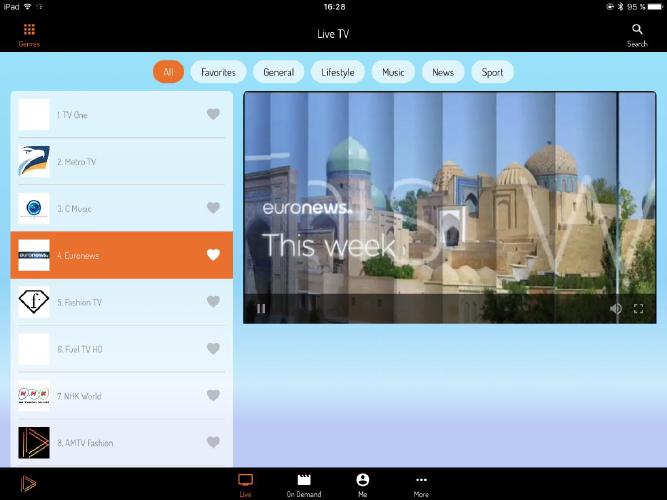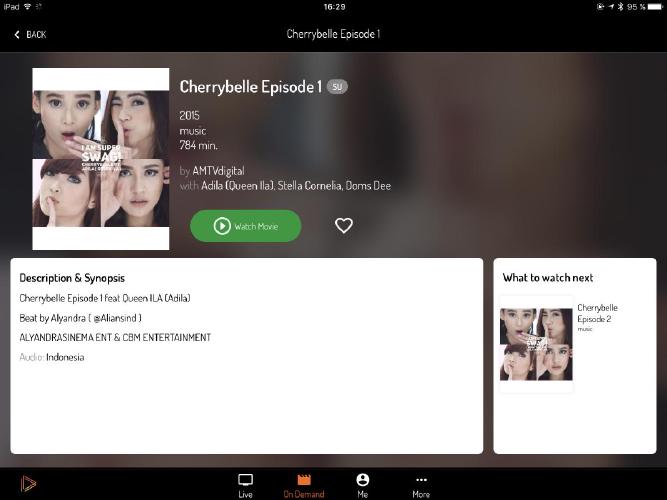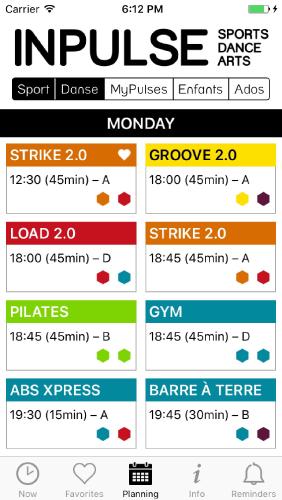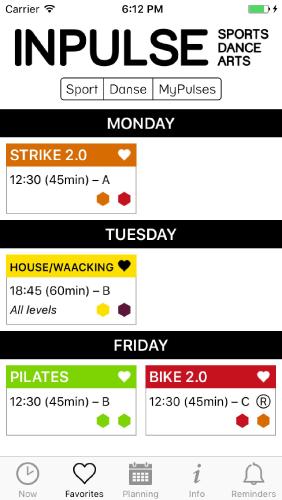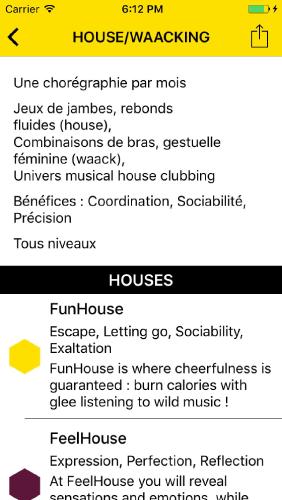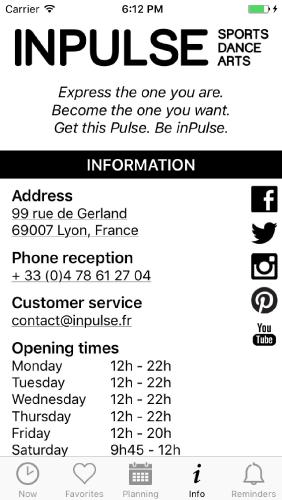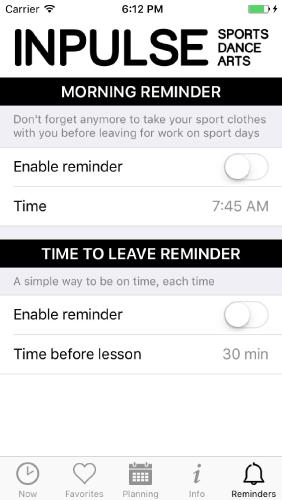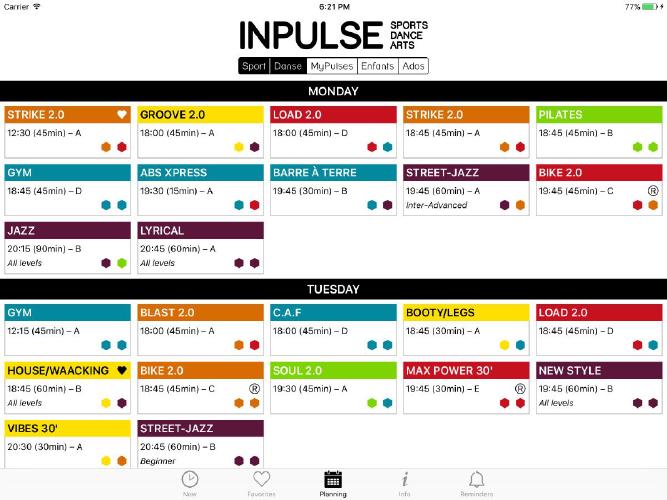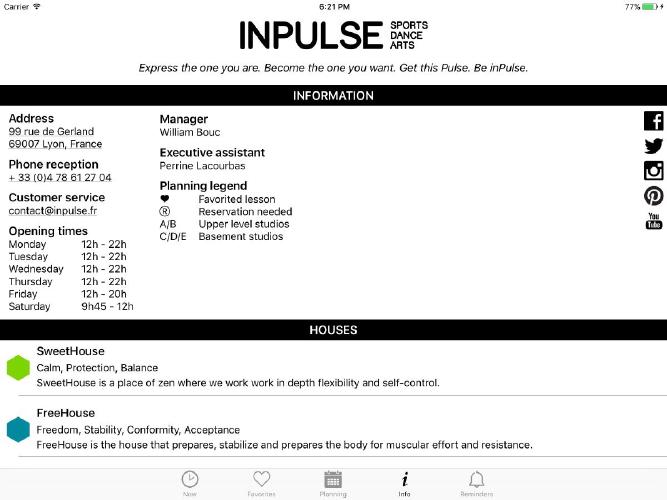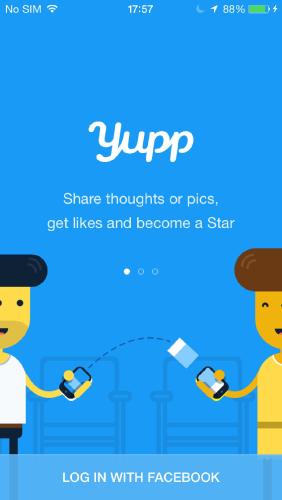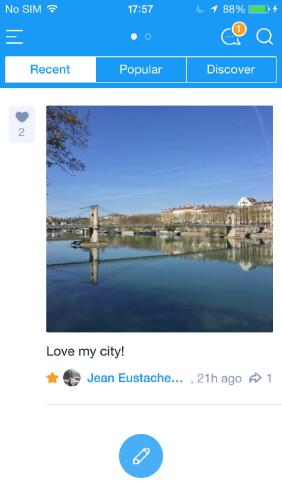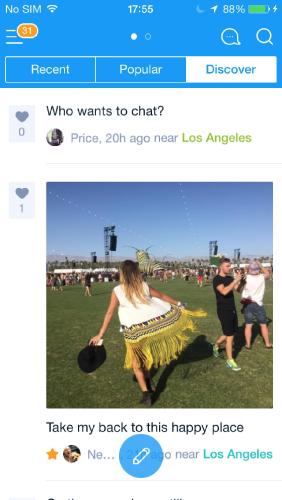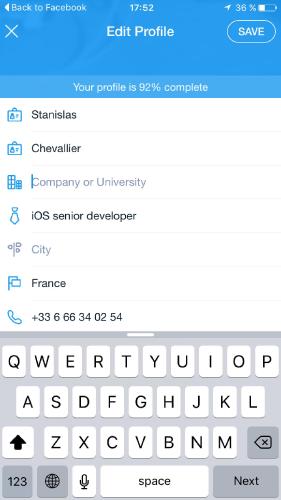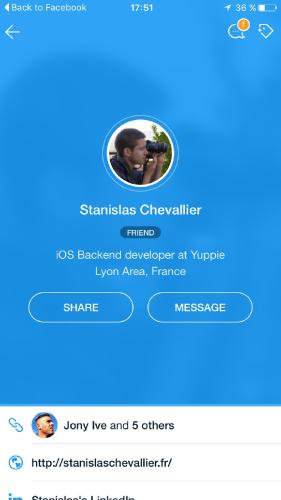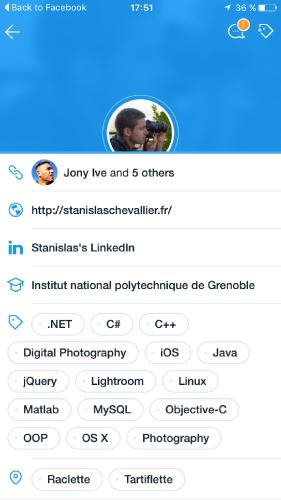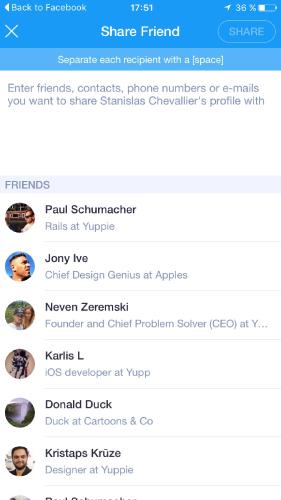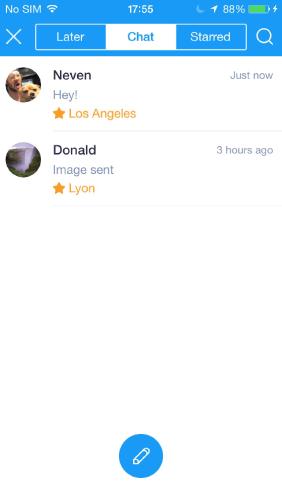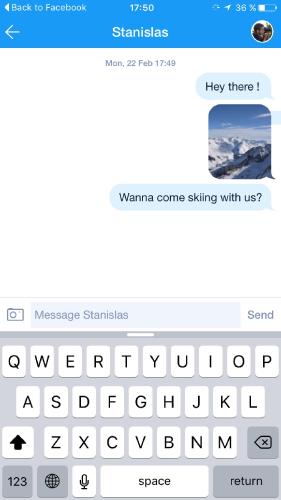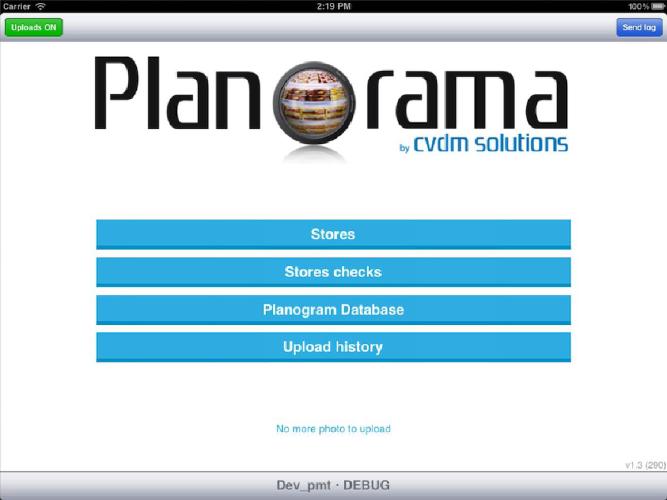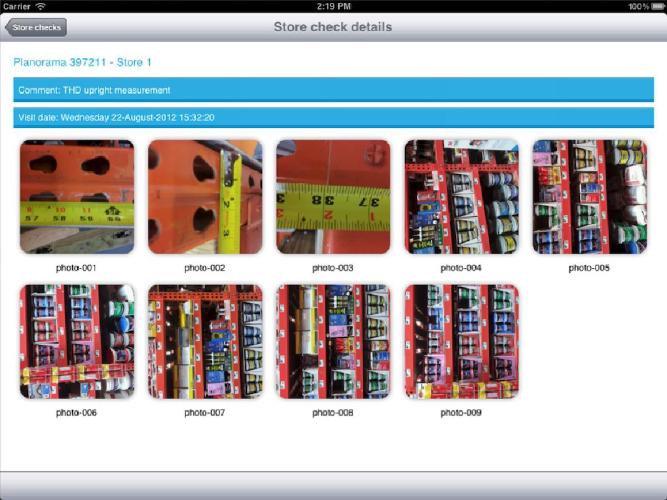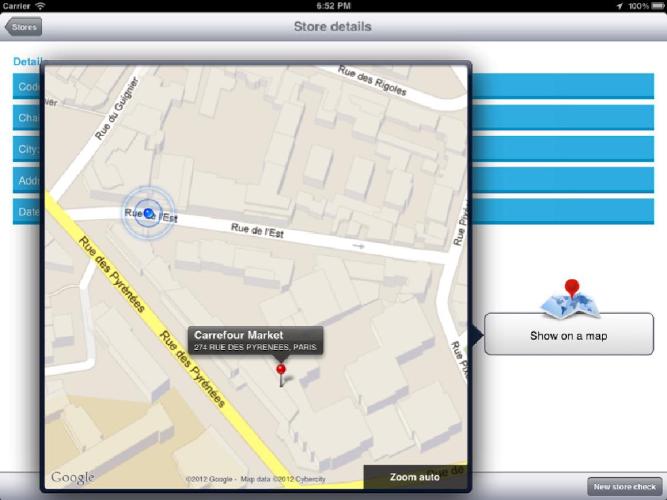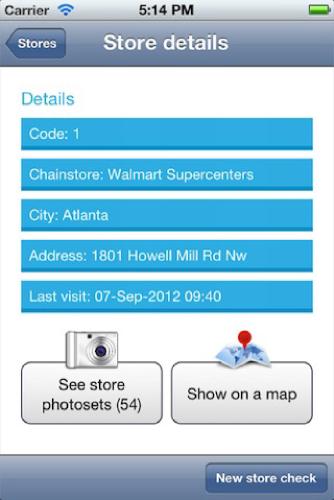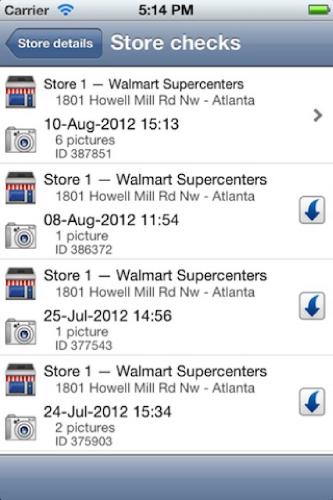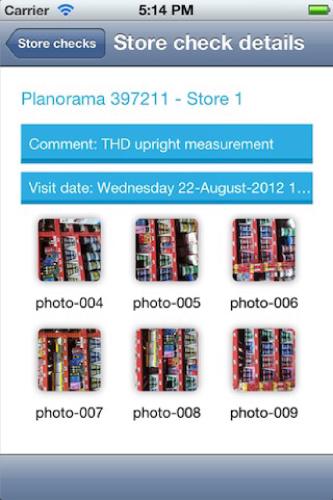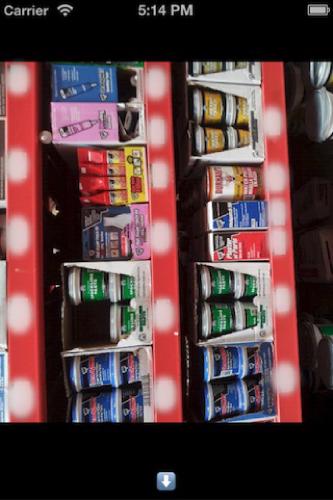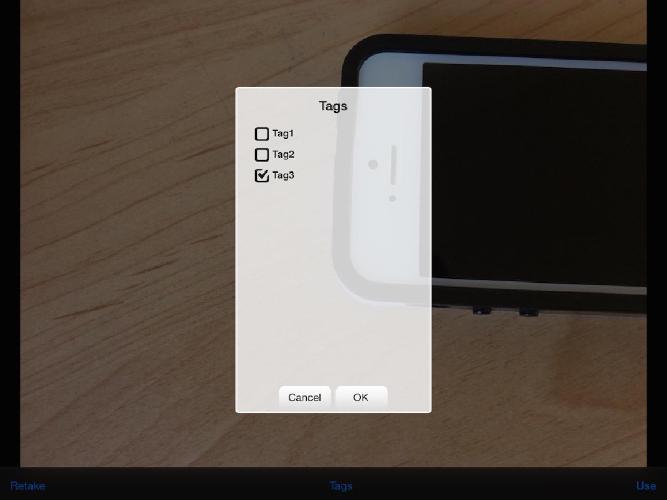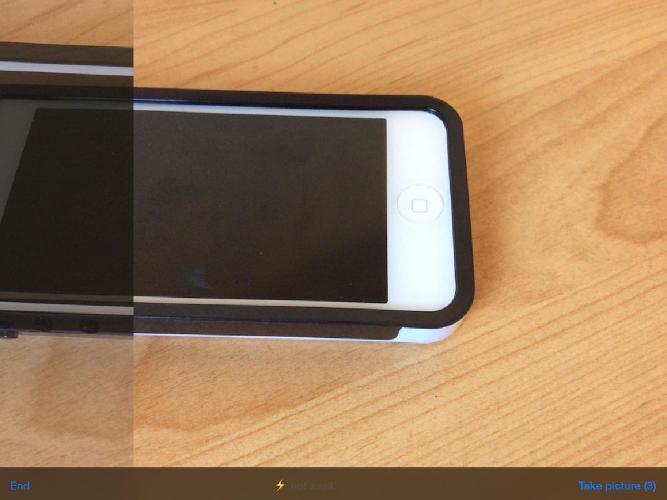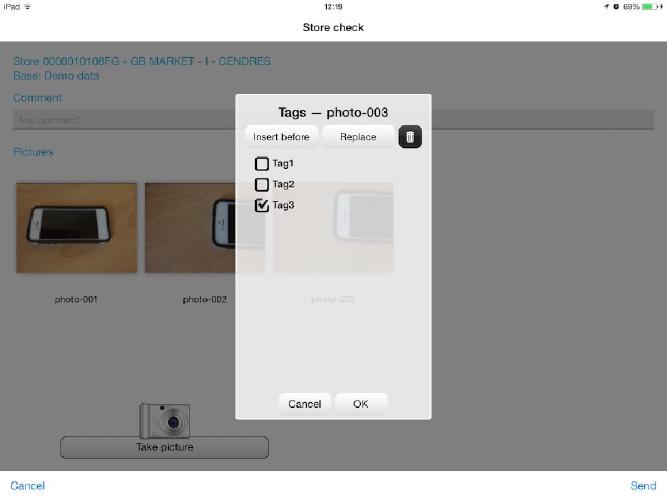PUSH
Multi platform development and guidance
Music collaboration hub
2024 – 2025
PUSH
Multi platform development and guidance
Music collaboration hub
2024 – 2025
Following through on their goal to propel indie artists to the front of the stage, the team at Wavlive started building their new platform PUSH ARTST. Their goal: bringing audiences, artists, and labels together. Audiences can listen to any track using their favorite streaming platform, artists can easily subscribe and attach their content from their own DSPs, while labels and other music professionals can get weekly recommendations of up-and-coming artists.
The native mobile apps were developed using modern SwiftUI and Jetpack Compose. On the backend side, I selected Rails to easily handle the usual boilerplate while creating reusable components powering the platform’s point system.
Some notes for fellow developers, go check out Cuprite if you don’t already know about it. Imagine a Capybara driver that serves as a drop-in replacement for Selenium, speeds up your tests, removes all chromedriver installation issues, and gets rid of your flaky specs.
Team for the Planet
Improving reliability
Citizen-led non profit to fight climate change
2024
Team for the Planet
Improving reliability
Citizen-led non profit to fight climate change
2024
Since 2019, Team for the Planet has been bringing together individuals who want to fight against climate change by buying stakes in the company, which in turn funds research and commercial projects, pushing them to the next step. It has already attracted more than 130,000 people and built a thriving community.
The Rails app - backend and frontend - has immensely grown. What started as a simple frontpage has become a fully-fledged platform that allows each shareholder to follow all investments and connect with other investors to spearhead additional projects. In 2024, I joined their wonderful development team. I helped migrate the codebase to support the newest versions of Rails and its dependencies. I also improved its backoffice, cleaned up technical debt, and improved ActiveStorage assets management allowing for a more granular backup system.
Collab' Musicale
Designing and building a real-time platform
Collaborative playlist
2022 – 2023
Collab' Musicale
Designing and building a real-time platform
Collaborative playlist
2022 – 2023
While working at LostMechanics, we were approached to create a collaborative playlist for events in various locations across France. Our solution? A web app accessed through a QR code. After a quick registration, users could add songs to the event’s playlist and express their feelings about the currently playing track with likes or dislikes. User interactions such as adding the same track as someone else in the event, suggesting a track that most users like, etc made the events more playful.
While my colleagues focused on crafting a user-friendly UI and frontend, I delved into the project’s architecture to build and develop a reliable sync of music playback and enabling real-time communication across all devices. The final product comprises three parts: a web app for users to view and contribute in real-time to the playlist; an iPad app for the event host, seamlessly playing Apple Music through the venue’s sound system and keeping track of user registrations and interactions, while being crash resilient and never loosing track of its playback; and the Rails backend, orchestrating simultaneous event’s users, interactions and playlists, offering a speedy API for relevant data, and delivering pub-sub notifications to all clients.
Internal hosting
Building a resilient hosting service
DevOps
2022
Internal hosting
Building a resilient hosting service
DevOps
2022
From 2019 to 2023, LostMechanics developed a great number of mini-games and static websites for clients of various sizes. While at first the studio was small and deployments were usually one-offs, the growing number of projects gave us the opportunity to rethink our hosting. Having already built some experience on Docker for Wavlive this seemed like the logical next step for our in-house hosting, allowing for a resilient solution with zero downtime deployments. After multiple team workshops to ensure we would support all our use cases I ended up building a Docker Swarm based hosting platform with dedicated staging and production clusters, integrated with our Gitlab CI, driven by Traefik and monitored by Grafana and ended up migrating all the projects ever built by the company to this new solution.
By using existing and proven technologies we were able to set everything up in very reasonable time. This system was then put to work and sustained the charge of 10k users per minute during our most ambitious projects! Furthermore, to assist my colleagues in setting up their next projects in this environment, I built a Ruby based CLI tool with a comprehensive TUI, allowing anyone to create all the Docker and GitLab configuration files from templates, check the status of their Docker app, follow its logs and running commands inside the service’s container. Since then, I built a sturdier version in Swift called Harbor, feel free to go try it out !
Cité du Vin
Develop a flexible Rails CMS
Museum platform
2021
Cité du Vin
Develop a flexible Rails CMS
Museum platform
2021
In 2021, our team at LostMechanics was consulted to rebrand La Cité du Vin alongside the design team at Good Kids. We had the flexibility to make our own technical choices, working towards a final product that facilitates effortless content updates for our client. Drawing on our experience with Rails and its reliability, we determined that constructing a modular block-based CMS in this technology would not only simplify future improvements but also provide greater resilience against unexpected changes; unlike traditional CMS options that might alter their API, leading to breakage, in turn leading to slow updates.
I was responsible for architecting the entire backend and back office, while my colleagues focused on integrating the frontend design. The finished platform handles template pages (such as the media and agenda sections), handcrafted pages (e.g. blog posts and informational pages) as well as static pages, reusing internally the available CMS content blocks. All three kinds of content can be edited from the ActiveAdmin-based back office, providing a straightforward avenue for each page type, either by editing the associated records, using the block based editor or updating the strings translations. My favorite tidbit: events can be configured with various recurrence rules, which was quite some fun to implement properly!
Enso
Creating a scalable, secure and reliable platform
Multi-tenant micro-gaming backend
2020 – 2023
Enso
Creating a scalable, secure and reliable platform
Multi-tenant micro-gaming backend
2020 – 2023
Every year LostMechanics develops multiple mini-games for their various clients, each slowly increasing in complexity over the years. After a couple such projects it appeared quite clear that a steady and sturdy backend was required to handle scoring securely, especially when tied to a competition requiring the storage of users’ PII.
The first iteration was built on Rails with a simple purpose in mind: to be entirely configurable and reusable, as each game will deploy its own version of Enso, while keeping code changes to a minimum. Keeping the initial project very modular allowed us to add flippable features that ended up covering all our use cases while keeping the same exact code on all deployed instances. Then in 2022 came the time to make the project multi-tenant. By storing each client’s data in a distinct PostgreSQL schema we were able to completely separate each project securely, allowing us to keep a single instance of the project to support all existing and future games.
Wavlive
Multi platform development
Indie music streaming app
2019 – 2023
Wavlive
Multi platform development
Indie music streaming app
2019 – 2023
Following my work on Odysound I started my new role as a senior developer at LostMechanics, where my focus turned to revamping the entire Wavlive platform. Since 2018, the platform has aimed to provide a streaming service for emerging artists with a fair remuneration system. Under this system, if a subscribing user exclusively listens to a single artist for an entire month, their subscription fee for that month goes entirely to that artist, minus a platform fee to cover hosting and ongoing developments.
Towards the end of 2019, we initiated the comprehensive reconstruction of the entire platform, encompassing a new website, a revamped Ruby on Rails backend and API, and native mobile apps for iOS and Android. While the apps provide the standard features you’d expect from a streaming service on native iOS and Android platforms, they stand out by providing seamless navigation through previously explored content and the playback of downloaded tracks while offline. The Rails backend itself manages all audio content, allowing upload of wav or mp3 songs, possibly in zips of entire albums, autofills the tracks info from filename or ID3 tags, and converts the sounds into a proper HLS stream in 3 different bitrates allowing users to enjoy their music everywhere.
EdenCast
Modernizing the codebase
Accessibility-focused resources
2019 – 2021
EdenCast
Modernizing the codebase
Accessibility-focused resources
2019 – 2021
Edencast is a platform that brings together news, podcasts, forums, and software curation dedicated to blind and visually impaired individuals. Since 2010, this platform has been a rich source of information and mutual support for the use and accessibility of our new digital tools.
In 2019, I had the opportunity to meet its creator with the goal of fixing some bugs on the associated mobile application. Over time we conceptualized new features, modernized the codebase to a cleaned up Swift + CoreData core, add support for push notifications, remove all crashes and more deeply integrated the application into the iOS ecosystem and newly released phones. This application is available on the AppStore.
Odysound
Researching and improving player reliability
Cinema-grade Ambient sound
2018 – 2023
Odysound
Researching and improving player reliability
Cinema-grade Ambient sound
2018 – 2023
LostMechanics approached me in 2018 to develop an AppleTV app for their new client: Odysound. Leveraging the impressive talents of their sound designers, the app aimed to offer a catalog of ambient sounds in full Dolby Atmos quality. Users would have access to an easily navigable list of content, each comprising at least three distinct audio tracks, seamlessly and randomly looping for as long as needed. While the concept itself was straightforward, the implementation presented inherent complexities, including generating HLS content effortlessly while preserving Atmos quality, playing content from a CDN while ensuring song protection and looping multiple tracks without interruption or audible clicks.
Now supporting both tvOS 12+ and iOS 14+ for Dolby Atmos and spatial audio on AirPods Pro, we encountered major hurdles along the way. For instance AVQueuePlayer has limitations in handling HLS content looping, occasionally introducing up to 5 seconds of delay between items or restarting the sound mid-track. Through meticulous testing across various setups and the addition of our overlay over AVFoundation, we significantly enhanced the audio experience, ensuring seamless playback for hours on end. The iOS app introduced the capability to download users’ favorite tracks. This led me into the intricate realm of HLS content downloads on iOS. I can now proudly declare that I’ve gained a deep understanding of the classic pitfalls and successfully devised a robust overlay to adeptly manage downloads, updates, and handle interrupted downloads effectively!
Washos
Taking ownership of mobile development
On demand carwash
2017 – 2019
Washos
Taking ownership of mobile development
On demand carwash
2017 – 2019
Washos is a startup that simplifies at-home car washing in Los Angeles by connecting skilled technicians with potential clients. After several feature-oriented projects to enhance the iOS application, I assumed the role of lead mobile developer, giving further direction to the iOS app. I also initiated the development of a similarly high-quality Android application.
Over the next two years, I had the opportunity to contribute to the design of new features, support newly released iPhones, clear up a significant amount of technical debt and initiate thorough discussions on establishing effective and clear APIs. These efforts facilitated the development of both the mobile apps and the Rails backend, maintained by my colleagues.
Veygo
Building scalable, customizable and high-performance iOS streaming apps
Live TV & VOD
2016 – 2018
Veygo
Building scalable, customizable and high-performance iOS streaming apps
Live TV & VOD
2016 – 2018
In 2016, I embarked on an extended freelance collaboration with Veygo, a company specializing in secure video content delivery over the internet. For several years, Veygo has been developing a comprehensive solution, the Veygo Intelligence Platform (VIP), handling everything from catalog management, on-the-fly encoding and DRM encryption, user accounts and subscriptions management.
With my help we extended Veygo’s offer by building a white-label iPhone and iPad app using the associated mobile SDK, building complex apps with a smooth and highly customizable user interface at a time when iOS 11 was recent and the iPhone 5S was still in vogue, handling everything from signup/login, catalog display, live channels EPG, schedule reminders, VOD streamings and downloads, favorites, etc. Clients included the Aldo Maru group in Indonesia, Playbac Presse, Tulix.tv, Vidgo and AlphaNetworks.
INPulse
Transforming schedules into a reliable app
Classes schedule and reminders
2016 – 2017
INPulse
Transforming schedules into a reliable app
Classes schedule and reminders
2016 – 2017
Voluntary project for studio INPulse compiling the various classes offered by the studio into an easy-to-use app allowing each student to check the full schedule, bookmark regularly attended classes, set a morning reminder to take your sports bag before leaving home, and reminders before each class.
After 2 years, the studio eventually developed a comprehensive platform, including an application for online class reservations, rendering this initial application obsolete.
Yupp
Building a sturdy core logic
Mobile-first social network
2014 – 2015
Yupp
Building a sturdy core logic
Mobile-first social network
2014 – 2015
Originating as a digital rolodex, I joined the team to steer the application towards a neighborhood social network. The goal is to display exclusively the posts of users located geographically nearby, as well as the most popular posts within the network.
To operate in real-time, the application employs a pub-sub (publish-subscribe) principle, allowing each device to subscribe and receive new posts almost immediately, with an adaptative clustering of geographical regions to avoid overloading a single pub-sub.
Planorama
Boostraping the mobile offering
Store management
2012 – 2014
Planorama
Boostraping the mobile offering
Store management
2012 – 2014
Development of an iOS Application to enhance Planorama’s software solution, a startup specializing in aiding the management of in-store product sales.
Clients use the app to take pictures of shelves exposing products of their company in local stores and obtain relevant statistics in return. This has been made possible by Planorama’s picture analysis server.
A noteworthy technical challenge for this application is its ability to operate effectively in situations of degraded internet connectivity. It can pause and resume the synchronization process between its local SQLite database and the client’s online database based on the quality of the network connection.
